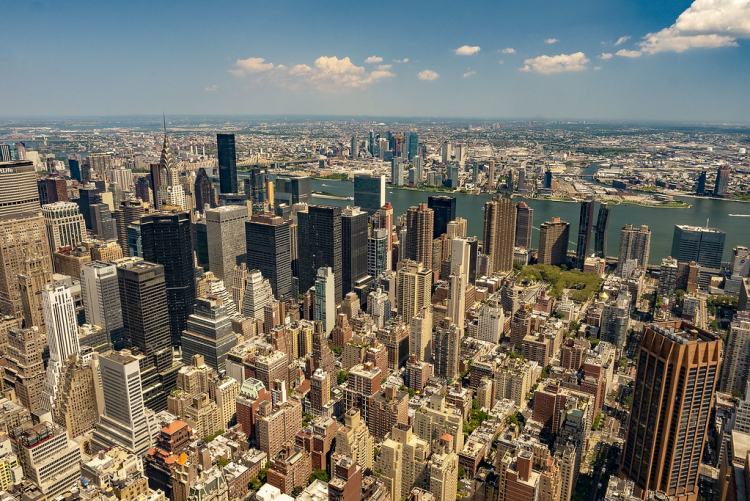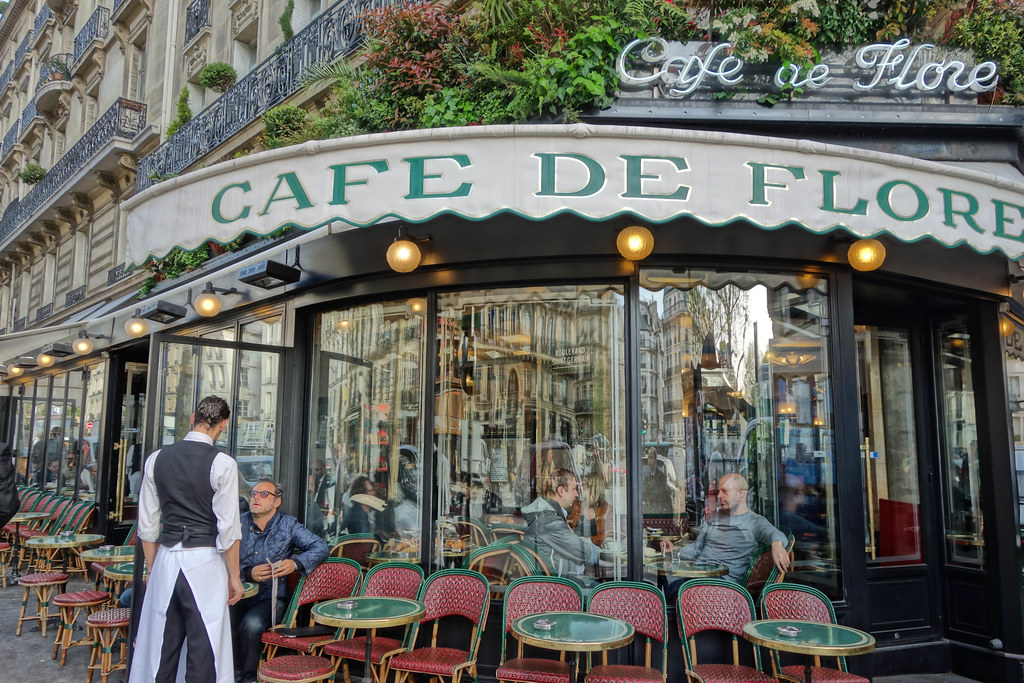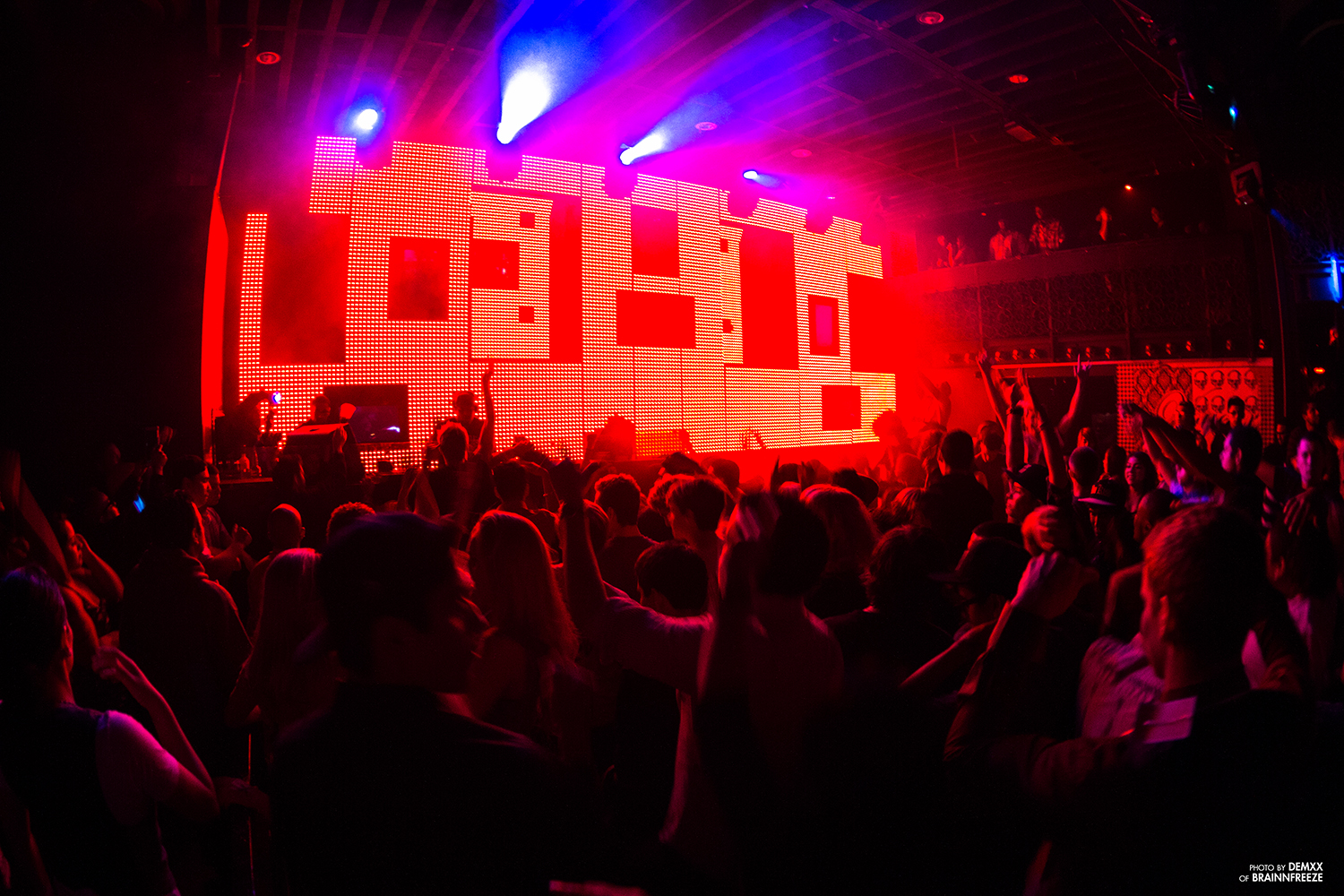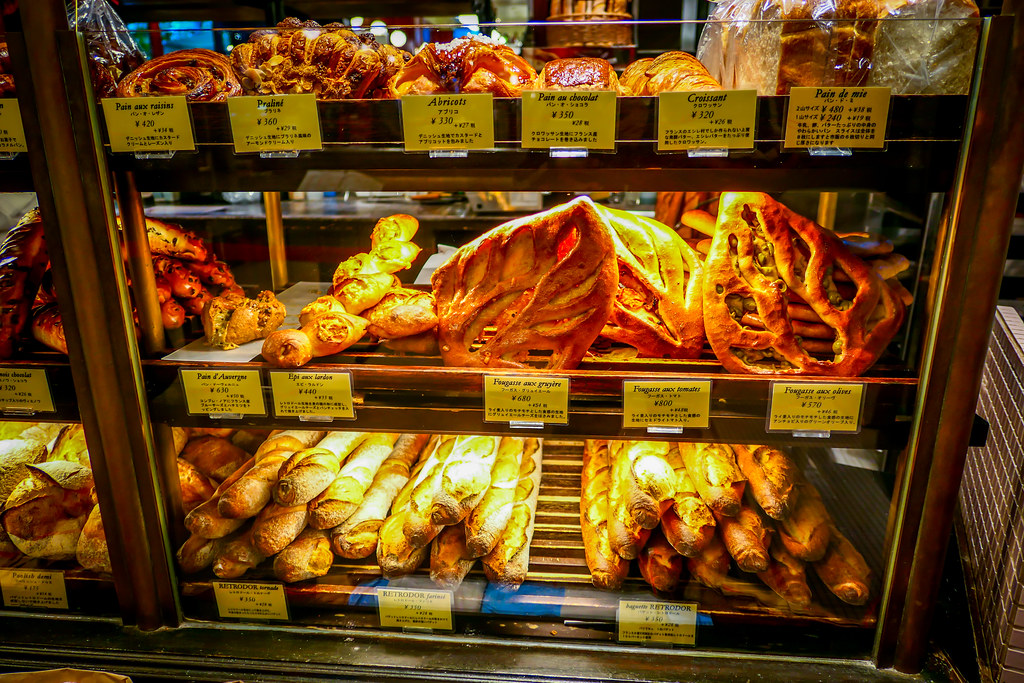A New Yorker in Paris

Going to a foreign country can be difficult, especially when you are accustomed to a certain lifestyle. After a year and a half of living in New York City, I decided to take on a new challenge. I would leave everything I knew behind and move to Paris for a semester abroad. After only a few weeks of living here, I have already noticed an array of contrasts between the two cities. Although there are many similarities between them, it is their unique cultures that set Paris and New York worlds apart from one another. With that said, here are seven differences between New York and Paris that every New Yorker should know before coming to Paris.
1. Coffee
For a New Yorker, a large iced coffee is a typical way to start the day, so it came as a shock when I discovered it’s not sold anywhere in Paris. Here, iced coffee is simply non-existent. Instead, Parisians drink hot coffee, which usually consists of a small cup of espresso or a café au lait. In Paris, it is also uncommon to find coffee to go. When a New Yorker buys coffee, it's usually with the intention of taking it to walk around with. However, Parisians prefer to go to a sit-down cafe and enjoy their morning coffee with a real cup and saucer and a croissant on the side.
Café de Flore, one of Paris's most well-known cafes. Image Credit: Flickr/drburtoni2. Clothing
One of the first noticeably distinct things about Paris is the way people dress. In New York, people tend to dress boldly with the intention of standing out, while Parisians will stick to one style and blend in. Trends such as ripped jeans, neon and leisurewear are common in New York but will not be spotted in Paris. Instead, people dress simply and elegantly, often in monotones. The goal in Paris is to be well dressed and polished but not to get noticed in the same way New Yorkers do. You will find many women wearing something along the lines of a tapered blazer with straight-legged plaid pants and black booties. Trench coats are also big statement pieces, a striking contrast to the Columbia jackets and teddy bear coats New Yorkers tend to gear towards. If you don't want to stand out as an obvious American, ditch the clothes you bought with you and observe Parisian street style to try and get a sense of what Parisians wear day-to-day.
3. Nightlife
Similar to the nightlife scene in New York, Paris has a variety of bars, lounges and clubs that will satisfy your need for Friday night fun. Just don't expect the same experience – there are certain things that make outings in each city vastly different. For instance, dressing up to go to a club in New York consists of sporting a more casual look. A typical outfit would include a pair of jeans, a crop top and booties, none of which would normally be found in a Parisian nightclub. Parisians tend to go in the other direction and dress in a more luxurious fashion, making clubbing an event. It's common to see girls in fancy dresses paired with a small jacket and heels, or a funky pantsuit with slim pointed toe heels and a clutch. Men also tend to dress on the fancier side, typically wearing turtle necks and black jeans. Beyond the clothing, the environments of each city's nightlife scenes are unalike. Bars in New York are like loud and rowdy parties, while bars in Paris are on the calmer side. That doesn't mean you won't have a good time – people might go there to sit and have a nice drink and talk with friends. So for those of you who are looking to go out in Paris, be prepared for something new.
A nightlife scene typical of New York. Image Credit: Flickr/demxx4. Restaurants
Be ready for the difference in restaurant culture. Don't go to a restaurant in Paris expecting the same type of service you receive in New York. There, the server will introduce themselves, ask how you are enjoying your food and continually check on you through your meal. However, you will likely not receive this attention from your server in Paris. The server will typically come to take your order and leave you be until you call them over. The pace of eating at restaurants also differs among the two cities. New Yorkers are always on the go and usually eat quickly and leave. The server will often rush you as well, in order for the next group to take your table. That mindset is not customary when dining in Paris. People will sit in restaurants for hours talking, eating and drinking. French culture revolves heavily on cuisine and enjoying food, so the server will never hurry you and will welcome you to stay for as long as you would like. People do not speed through their meals in Paris: they take their time to enjoy each other's company and the food they are eating. The leisure of dining is a nice break from the busy lifestyle of New York.
5. Food
One of the biggest differences between the two cities is the food. In New York, you will find cuisine from all over the world, while in France, there are fewer selections when it comes to global cuisine. Common French dishes served at bistros and cafes consist of croque monsieurs, croque madames, beef bourguignon, quiche and escargot. While these foods are incredibly common in Paris, they are hard to come by in New York city unless you deliberately go to a French restaurant. Similarly, you won't often find bagels in Paris, something that New York is very well-known for. A common breakfast here consists of bread with butter and jam or a croissant. Bread is a very important part of French cuisine, especially in the form of baguettes. In New York, bread is typically only eaten as a sandwich, but in Paris, it is eaten by itself and alongside most meals. Don’t be surprised if you see people coming home from work carrying a baguette under their arm; it’s quite customary.
6. Boulangeries
What would be called a bakery in New York is called a boulangerie in Paris. Boulangeries are as common in here as Dunkin Donuts are in New York. Seemingly every street in Paris has multiple boulangeries where you can buy an array of baked goods. Unlike bakeries in New York, boulangeries are not places where you can sit and eat: everything is taken to go and you cannot buy a full meal. Rather, the food you purchase is meant to be eaten as you walk. Common foods you would find at a boulangerie are croissants, baguettes, eclairs, macaroons, meringues and tartes. This is quite different from a typical New York City bakery, which sells cookies and cake.
Image Credit: Flickr/Dennis Amith7. Weekends
New York is widely known as “the city that never sleeps,” since people are always out and stores and restaurants are open 24/7. However, that is not the case in Paris, especially on the weekends. On Sunday and Monday, numerous clothing shops, grocery stores and boulangeries are closed. While many New Yorkers are working non-stop seven days a week, the French make sure they have weekends off and time away from work. Personally, the limitation on where I could get food on the weekend was a big change. I was used to being able to get Chinese food at 1 a.m. on any day of the week, but in Paris, I couldn't even go to a restaurant for lunch on a Sunday. For all you New Yorkers coming to Paris, don't expect anything to be 24/7, because the city of Paris certainly sleeps.
Both geographically and culturally, Paris is a long way from New York, but don't let that stop you from embracing what it has to offer. Keep this list in mind and see what other differences you can discover yourself.










